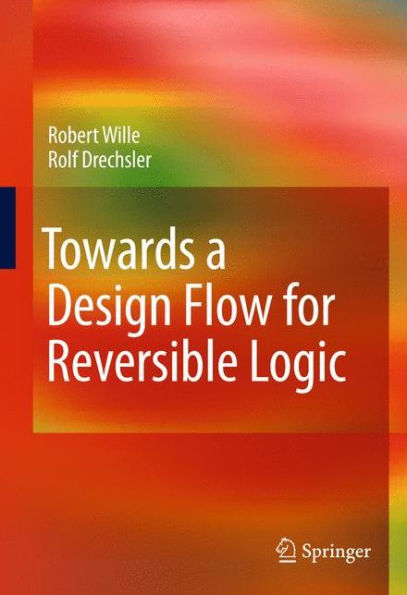Towards a Design Flow for Reversible Logic
The development of computing machines found great success in the last decades. But the ongoing miniaturization of integrated circuits will reach its limits in the near future. Shrinking transistor sizes and power dissipation are the major barriers in the development of smaller and more powerful circuits. Reversible logic p- vides an alternative that may overcome many of these problems in the future. For low-power design, reversible logic offers significant advantages since zero power dissipation will only be possible if computation is reversible. Furthermore, quantum computation profits from enhancements in this area, because every quantum circuit is inherently reversible and thus requires reversible descriptions. However, since reversible logic is subject to certain restrictions (e.g. fanout and feedback are not directly allowed), the design of reversible circuits significantly differs from the design of traditional circuits. Nearly all steps in the design flow (like synthesis, verification, or debugging) must be redeveloped so that they become applicable to reversible circuits as well. But research in reversible logic is still at the beginning. No continuous design flow exists so far. In this book, contributions to a design flow for reversible logicare presented. This includes advanced methods for synthesis, optimization, verification, and debugging.
1101515074
Towards a Design Flow for Reversible Logic
The development of computing machines found great success in the last decades. But the ongoing miniaturization of integrated circuits will reach its limits in the near future. Shrinking transistor sizes and power dissipation are the major barriers in the development of smaller and more powerful circuits. Reversible logic p- vides an alternative that may overcome many of these problems in the future. For low-power design, reversible logic offers significant advantages since zero power dissipation will only be possible if computation is reversible. Furthermore, quantum computation profits from enhancements in this area, because every quantum circuit is inherently reversible and thus requires reversible descriptions. However, since reversible logic is subject to certain restrictions (e.g. fanout and feedback are not directly allowed), the design of reversible circuits significantly differs from the design of traditional circuits. Nearly all steps in the design flow (like synthesis, verification, or debugging) must be redeveloped so that they become applicable to reversible circuits as well. But research in reversible logic is still at the beginning. No continuous design flow exists so far. In this book, contributions to a design flow for reversible logicare presented. This includes advanced methods for synthesis, optimization, verification, and debugging.
109.99
Out Of Stock
5
1

Towards a Design Flow for Reversible Logic
184
Towards a Design Flow for Reversible Logic
184
109.99
Out Of Stock

Product Details
| ISBN-13: | 9789048195787 |
|---|---|
| Publisher: | Springer Netherlands |
| Publication date: | 08/17/2010 |
| Edition description: | 2010 |
| Pages: | 184 |
| Product dimensions: | 6.10(w) x 9.25(h) x 0.02(d) |
From the B&N Reads Blog
